Why Two Parties?
Some basics on the US party system.
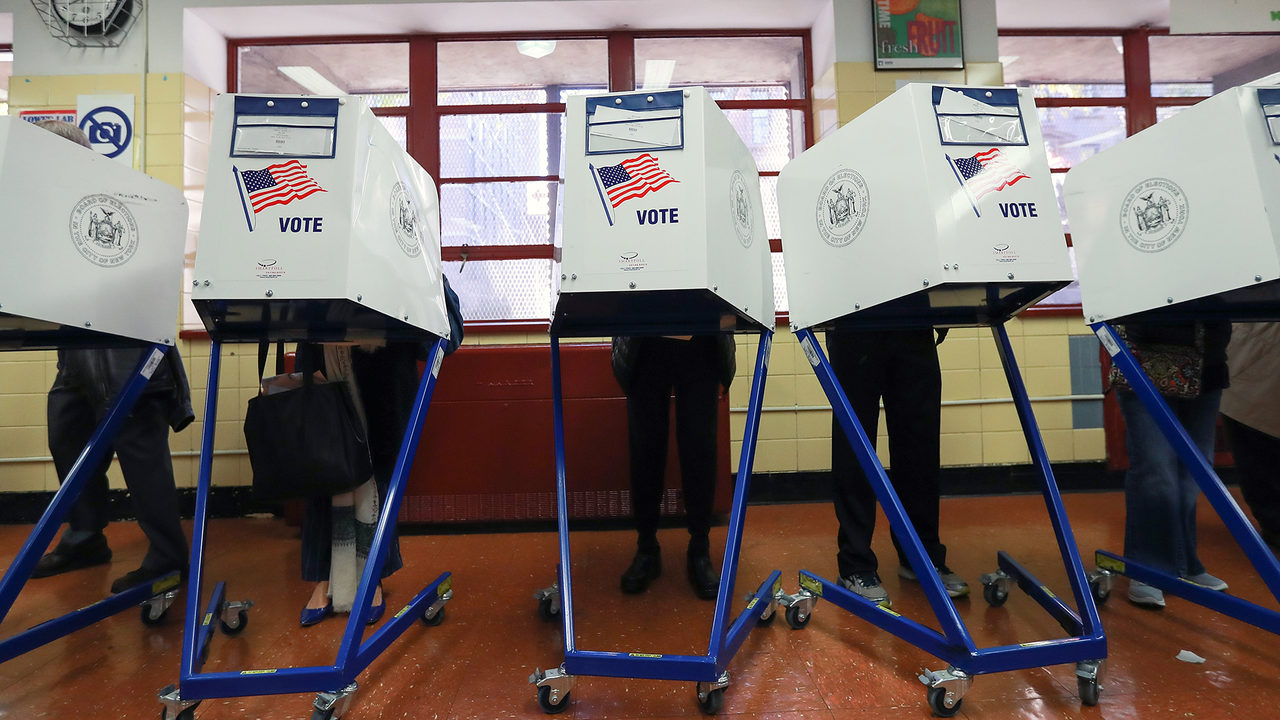 While on the one hand I seem to write about it all the time, I am not sure I have ever written a direct “why two parties and not three or more” post, so here we go. Keeping in mind, of course, this is a bare bones version of a more complicated discussion.
While on the one hand I seem to write about it all the time, I am not sure I have ever written a direct “why two parties and not three or more” post, so here we go. Keeping in mind, of course, this is a bare bones version of a more complicated discussion.
The following are major reasons:
- Single seat districts with plurality winners. This is the system used to elect almost all seats to the national legislature (GA, for example, requires an absolute majority). By definition competitors have the incentive to maximize vote totals. Hence, smaller parties who lack the ability to win pluralities know they will lose and therefore are less prone to run. Moreover, there is an incentive to therefore form larger, coalitional/catch-all parties (as opposed to more narrow parties, in ideological terms). This idea is the basis of Duverger’s Law,* which ends up to not really be all that law-like, since other countries that use such an electoral system (e.g., the UK, Canada, and India) do not have have the kind of duopoly we see in the US. It should be noted that the electoral system used to elect the national legislature has a strong effect on the national party system.
- The Electoral College. The method for selecting the president is one of multi-seat plurality winners. Each districts (i.e., state) has multiple seats (electors) which are assigned the party who wins the plurality of the vote in the given district (except Maine and Nebraska**). Third party candidates are at a distinct disadvantage in this system. And should a third party have some success in the EC by forcing the election into the House (if no candidate received a majority of the electoral votes) that party’s candidate would have to contend with a Congress likely dominated by the mainline parties. The incentive to run as a D or an R is huge, especially given the open door that the primary process provides (see, e.g., Bernie Sanders–an independent who has now twice entered the contest to be the D who runs for president).
- Primaries. The US is unique in the world in its near-universal usage of primaries to nominate candidates for a huge chunk of local, state, and federal office.*** This means that party elites/members do not control nominations. Therefore, the shape of the party is determined by the the primary electorate, not some centralized vision. More importantly it means that as insurgent factions begin to emerge (like the Moral Majority in the 1970s, the Tea Party in 2010, or Trump in 2016) they can compete from within the existing parties and essentially take them over, in part or in whole, the existing party without having to go to the trouble of trying to break into office by competing in the general election.
One could note that presidentialism itself (head of government elected separately from the legislature) has at least a weak effect as well. By making the head of government elected separately, there is some pressure on power-seeking actors to aggregate into larger parties so as to enhance their chances of claiming the chief electoral prize in the system. Still, all other presidential systems apart from the US have multi-party systems (and there are various factors that could be discussed: plurality systems, two-round systems, etc., which also influence the number of competitors).
Other factors also include prevailing political culture, historical trends, and laws governing ballot access. I find all of these less significant (by far) than the structural/institution-based list above.
—–
*Maurice Duverger stated that single-seat plurality systems would tend to drive a party system to toward two parties, which implies that proportional representation systems leads to multi-party systems. While it is clear that there rules have affects on party and voter behavior (parties seek to win, voters seek to have their preferences expressed by electing office-holders) we do not find law-like regularity. India’s very multi-party system illustrates this, for example. Law-likeness aside, rules do matter: if one wants a clear example, look at the party system in New Zealand pre and post its 1990s electoral reform.
**These states allocate two electors as described, allocate the remainders in single seat districts that correspond to their House districts.
***One can find primaries in other parts of the world, but they tend not to function as ours do. Even when primaries are used, they are not used anywhere near as comprehensively as in the US. Our two major parties are definitively shaped by primaries. Also, there are jurisdictions in the US that deviate from the primary model, such as California’s “two-top” system which is described as a primary yetis really just a variation on a two-round election. We also do see a limited usage of conventions to occasionally select candidates.


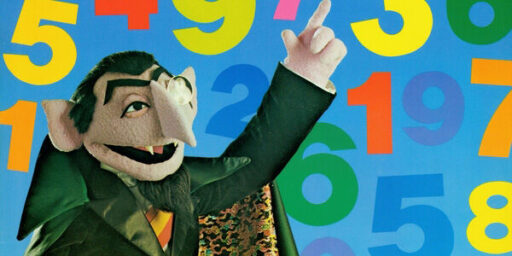
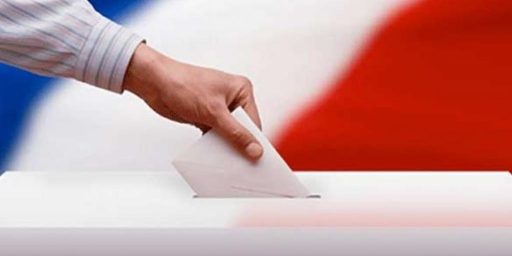
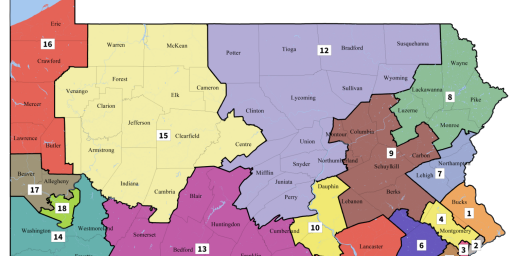
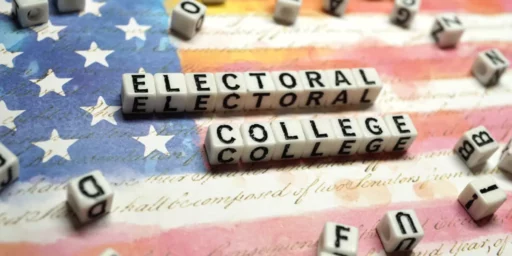
I think you mean: do NOT have the kind of duopoly.
Mexico awards elections to plurality winners, but also awards deputies (equivalent to Representatives) per state based on vote totals. A small party may not win a single seat, but score a few in the Chamber of Deputies.
Prior to 2018, no single party had won a majority in either house of Congress, nor a majority of the vote for president. In 2018, MORENA and Lopez Obrador managed just that (I expect they’ll lose their congressional majority in the 2021 midterms), but counting coalition partners.
See, Mexico allows allows party coalitions for elections. last year all three major parties ran that way. Prior to that, it was a means for niche parties to get something out of the bigger ones by steering some voters their way.
The thing is small parties 1) keep shifting alliances with the bigger ones, and 2) keep winking in and out of existence. Parties lose their registration if they don’t score a certain percentage of the vote in national elections.
The big parties can shift, too. Between 1998 and 2015, the big three were the PRI, PAN, and PRD. In 2015 Lopez Obrador left the PRD to found his own party, which led to the PRD becoming a small party. So now it’s MORENA, PRI, and PAN.
That’s rare, but charismatic candidates leaving their party isn’t. For example, Cuauhtemoc Cardenas left the PRI to eventually form the PRD, and that helped the PRI lose to the PAN in 2000.
@Kit: Thanks, yes, that is a rather important word.
This is an excellent primer, thanks for posting it.
@Andy: Thanks. I appreciate you taking the time to say so.